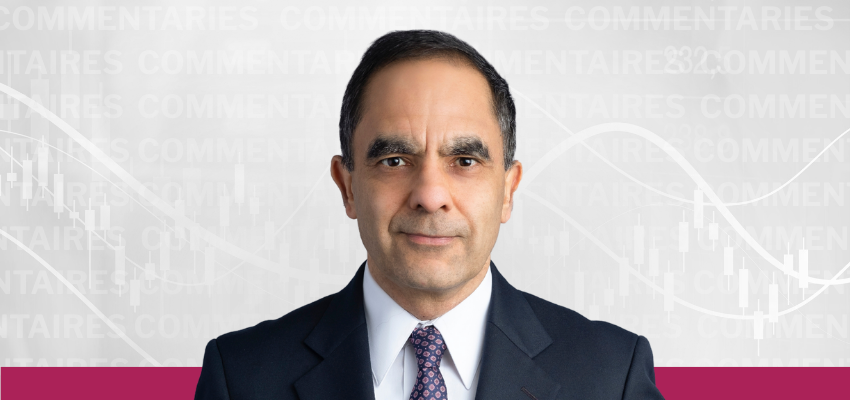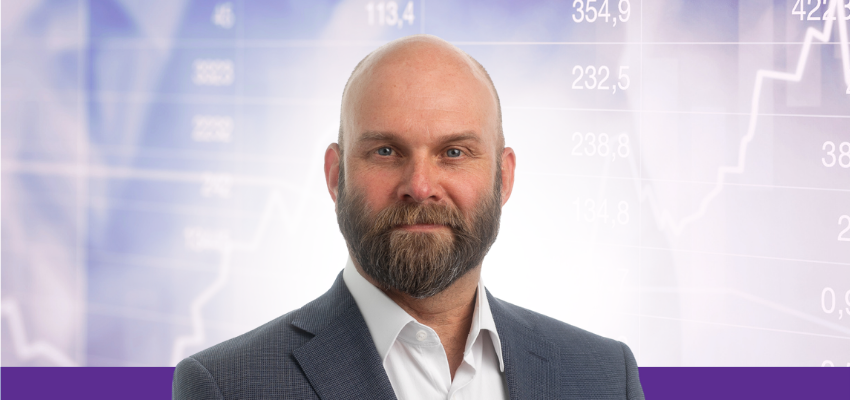Dear Unitholders,
The Pender Alternative Arbitrage Fund and the Pender Alternative Arbitrage Plus Fund were up 0.4% and 0.7%[1] respectively in June 2025 while the HFRI ED: Merger Arbitrage Index (USD) returned 2.7%[2].
Portfolio Update
June was another positive month for the Fund, benefiting from tightening spreads in several key deals held within the Fund. We continue to be active in the Fund initiating positions in new deals and adding to existing deals with volatility in markets, enabling us to build positions at attractive implied yields. During the month of June, the Fund initiated positions in 15 new deals while 10 deals held within the Fund closing during the month. With less deal activity during the dog days of summer we continue to look for new opportunities to redeploy capital from completed merger transactions. We remain focused on smaller deals which offer lower risk, shorter duration and the potential to generate higher returns from upside to closing or bidding wars, driving an increase in the takeout price. At the end of June 2025, the Fund had 32 investments in small cap deals under $2 billion, 24 of which were valued at under $1 billion. We were also active on the SPAC side of the Fund participating in several SPAC IPOs during the month. There continued to be significant demand for SPACs with the appealing risk/reward characteristics of SPACs driving a broader interest in the asset class. The deal environment remains favorable for both merger arbitrage and SPAC arbitrage allowing us to hold a high quality and high conviction portfolio of deals.
SPAC Market Update
Last month I attended The SPAC Conference 2025 in Westchester NY, an annual conference that is the premier gathering of key players in the SPAC industry from underwriters, sponsors, consultants, service providers and even potential target companies seeking to merger with a SPAC to go public. Speaking with many long-time attendees, there was a notable shift in sentiment with key stakeholders in the sector increasingly positive on the outlook for the SPAC sector. With SPAC IPO activity rebounding this year, expectations are for activity to continue to rise over the next year as sentiment continues to improve driven by increased demand for SPACs and positive price performance for recent SPAC IPOs and merger announcements. Speaking with CEOs and founders of several private businesses in attendance that were considering going public and raising capital via a SPAC, the certainty of closing, lower costs and shorter timeframes to closing were among the attractive features that drew them to consider a SPAC merger. Attendees surveyed at the event identified the Technology, Healthcare/Life Sciences, AI/Robotics, Energy and Fintech sectors as the most attractive sectors for SPAC deals which is supported by several of the SPAC mergers announced this year involving target companies in those sectors. As sentiment continues to improve for SPACs, we are starting to see broader interest for SPACs with generalist investors attracted to the upside potential and limited downside risk for SPAC investments, attractive attributes in the current market environment.
After a near-record month of SPAC IPO issuance in May, momentum remain high with 10 SPAC IPOs in June raising over $2 billion of capital. At the end of June there were 234 active SPACs in the market with a total value of $26 billion, with 144 SPACs actively searching for deals. At the end of the month, SPACs searching for targets were trading at a discount-to-trust value, which provided a yield-to-maturity of 3.75%[3]. With the rise of SPAC IPO activity over the past several quarters and the continued liquidation of mature SPACs, the average SPAC duration has shifted towards newer issues making the yield-to-maturity a less relevant metric to gauge potential performance. For a new SPAC IPO, the optionality present in the SPAC common stock and warrants are the core driver of price performance while the net asset value held in trust which is invested in treasury bills is the downside support. As we are in a “vibes” market where sentiment remains positive, the upside optionality for SPACs, should they announce a merger that is well received by the market causing the SPAC price to pop while also being limited on the downside to the value held in trust, makes a SPAC investment at issuance a “heads I win, tails I don’t lose” opportunity.
M&A Market Update
Through the first half of the year, global M&A activity was up 30% year-over-year with over $1.9 trillion in deal activity. The strong year-to-date performance in M&A volumes shows a striking contrast in the realized deal-flow relative to the perception of M&A activity in the market. 2025 is shaping up to be a strong M&A market with concerns over tariffs which may have initially dampened the appetite for deals in corporate boardrooms no longer a significant hurdle for acquisitions. This is may be partly due to the fact that the market has had the time to absorb the initial impact from the Liberation Day tariff announcements and view them as a negotiating tactic to get a trade deal signed but this is also likely driven by dealmakers getting used to shocks in the post-COVID world and using these shocks to their advantage when negotiating a merger. Our view is that the biggest hurdle for M&A hasn’t been rising interest rates, volatile market conditions or numerous macro shocks, rather it has been the regulatory environment which has undergone a notable shift since the 2024 US election. President Biden signed the executive order in July 2021 “Promoting Competition in the American Economy” that enabled key regulators, the DOJ and FTC, to take an aggressive and hostile approach to regulatory approval for mergers and acquisitions. This had a severe dampening effect on M&A activity with many deal makers waiting on the sidelines and unwilling to even consider a deal under the former regulatory regime. While the environment for M&A has had many challenges under the current Trump administration, one area where the administration has been quite supportive has been on the regulatory side with the new leadership at the DOJ and FTC being far less obstructionist and willing to work with companies to negotiate a settlement or divestment in order to get a deal cleared. We saw evidence of this recently with several large cap merger deals, including the $14 billion acquisition of Juniper Networks Inc., the $60 billion acquisition of Hess Corporation and the $36 billion acquisition of ANSYS Inc., receiving all regulatory approvals. Several other deals are receiving an early termination notice from the regulatory waiting period implying an early closing. With a more constructive regulatory environment the rumor mill for new M&A deals is firing up and we could be in for an explosive back half of 2025 where years of pent-up M&A potential are unleashed.
Outlook
Despite a complex macroeconomic backdrop, North American equity markets continued their upward trajectory in June, steadily climbing the proverbial "wall of worry." Investors appear to be shrugging off mixed economic signals, including tepid growth data, lingering inflationary pressures and continued tariff rhetoric. Market leadership remains narrow, driven predominantly by mega-cap tech names in the US, while Canadian markets are being buoyed by strength in materials. Despite lobbying efforts, heavy-handed tactics and rising political pressure from the US administration to cut interest rates as a means to drive growth and reduce borrowing costs, the Fed has held steadfast under Chairman Powell. With markets at highs, a steady employment rate and uncertainty on tariff impacts on consumer prices, the Fed continues to take a wait-and-see approach with rates. This environment creates an uncertain path forward for equity and bond markets with the potential for a rise in correlation between these two key asset classes.
We continue to remain highly constructive of the outlook for both merger arbitrage and SPAC arbitrage. The under-the-radar strength of M&A markets this year has provided an attractive deal environment with wide spreads in low-risk deals and upside to closing deals driving higher IRRs. In addition, more bidding wars are occurring for smaller mergers, providing additional upside to Fund performance. With a favorable regulatory environment and excess capital on the side, we could see a pick-up in M&A activity through the end of the year. The SPAC arbitrage component of the Fund also remains well positioned with SPACs providing a unique risk/reward opportunity that will benefit should market speculation activity remain elevated. The value held in trust also provides protection should the market take a turn for the worse. The Fund continues to perform well in this environment with the current M&A and SPAC backdrop suggesting the back half of the year has the potential to shape up similar to the first half.
Amar Pandya, CFA
July 30, 2025
[1] All Pender performance data points are for Class F of the Fund unless otherwise stated. Other classes are available. Fees and performance may differ in those other classes. Standard Performance Information for the Fund may be found here: https://penderfund.com/solutions/
[2] The benchmark for both funds is the HFRI ED: Merger Arbitrage Index (Hedged to CAD).
[3] https://www.spacinsider.com/




